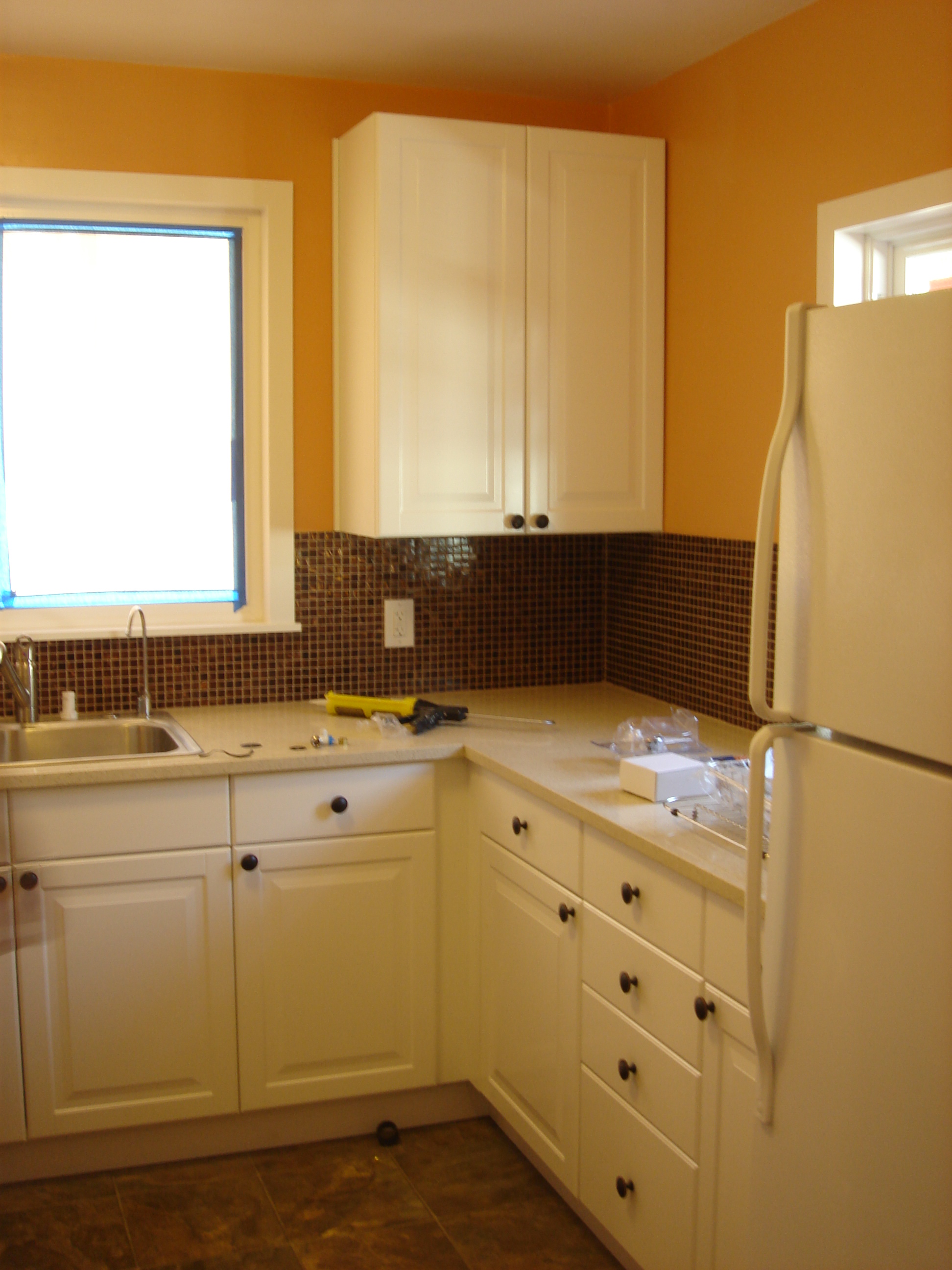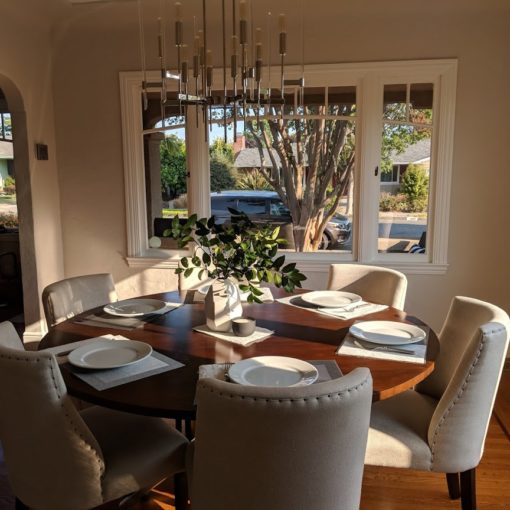
One of the most common questions I am asked is about what material to use for kitchen counters. The current (July 2014) issue of Consumer Reports magazine has a nice article about this question. Much of this issue of the magazine is dedicated to kitchen design, materials and appliances. It is worth looking for and buying if you are thinking about remodeling your kitchen this year. The question is also addressed in this post at Food52.c0m.
But, David, you’re saying, what do you think about the question?
I think that it depends on the design, the house, the kitchen, the client, and the budget. But here are my two cents:
I think that Quartz counters are the best solution for kitchen counters. They wear like granite without the concerns about maintenance and with more consistent color/pattern. Quartz will, however, cost about the same as granite.
Granite is a great material. It wears really well and is almost indestructible. But many feel that the granite trend is coming to an end and that it looks dated. It does need to be sealed about once a year and is expensive.
Marble is not an ideal solution in the kitchen. The stone is soft and will wear down and stain. It needs to be sealed regularly and is expensive.
Soapstone is also not an ideal solution in the kitchen, though I have specified it. Like marble, it is a soft stone and will wear down and stain. It needs to be sealed regularly and is expensive.
Wood is not an ideal solution, but I think for the right client, it would be a fine solution. It will stain and wear and has to be oiled every 4 to 6 weeks to maintain its longest possible life. It is the gentlest material if you drop something on the counter.
Consumer Reports says that Solid Surface materials (like Corian) are now dated. But they are a good solution for many people. There are no seams, its easy to clean and comes in a vast array of colors and patterns. It will scorch, if you put a hot pot on it, and it can stain. But if you don’t have the budget for Quartz and you don’t want Plastic Laminate, it’s a good option.
I have a tremendous aversion to using Tile on the counters. I don’t care if the tiles are ceramic, porcelain or stone, tile just looks cheap and is a bear to clean. Over time the grout cracks and it becomes unsanitary. (Gee, Dave, tell us what you really think.)
Many people see Plastic Laminate and automatically think it needs to go. But, it is really a very good product. The manufacturers have almost all changed their manufacturing processes and materials, so that Plastic Laminate is one of the greenest counter materials you can use. There are no toxins use, and most of the material used is recycled from other products. Combine that with it’s moderate price point and it’s hard to argue against it. Just don’t use the fake stone look.
One of the more interesting new materials being use is Recycled Glass. It uses glass suspended in an epoxy (similar to Quartz). This is a nice green material and it will wear somewhat better than marble, but not as well as granite. Prices can be pretty reasonable, though the choice of colors is currently limited.
Those are the materials I am most commonly asked about and/or suggest to clients.





